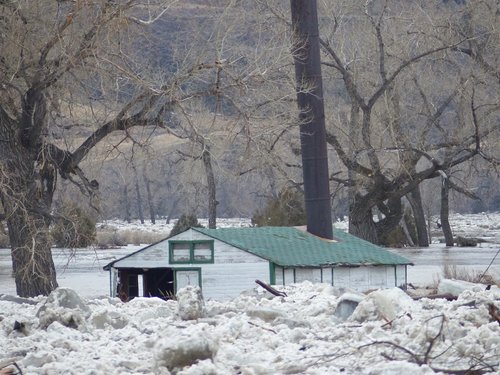RobG
Well-known member
Hi Folks,
I'm looking for information on this topic that is flying under the radar. There is a diversion dam on the lower Yellowstone for irrigation. I guess they call it "Intake Dam." It is a barrier to Pallid sturgeon and hinders their successful spawning. The pallid sturgeon is listed under the ESA.
The Corps have recommended that a channel be constructed around the dam to allow passage but I know some groups are opposed to this option since it isn't obvious that it will work. They prefer pumping the water out of the river to supply water with subsidies to offset the costs.
I see there are people here that have worked with the pallid sturgeon so maybe they can provide some information.
rg
I'm looking for information on this topic that is flying under the radar. There is a diversion dam on the lower Yellowstone for irrigation. I guess they call it "Intake Dam." It is a barrier to Pallid sturgeon and hinders their successful spawning. The pallid sturgeon is listed under the ESA.
The Corps have recommended that a channel be constructed around the dam to allow passage but I know some groups are opposed to this option since it isn't obvious that it will work. They prefer pumping the water out of the river to supply water with subsidies to offset the costs.
I see there are people here that have worked with the pallid sturgeon so maybe they can provide some information.
rg





